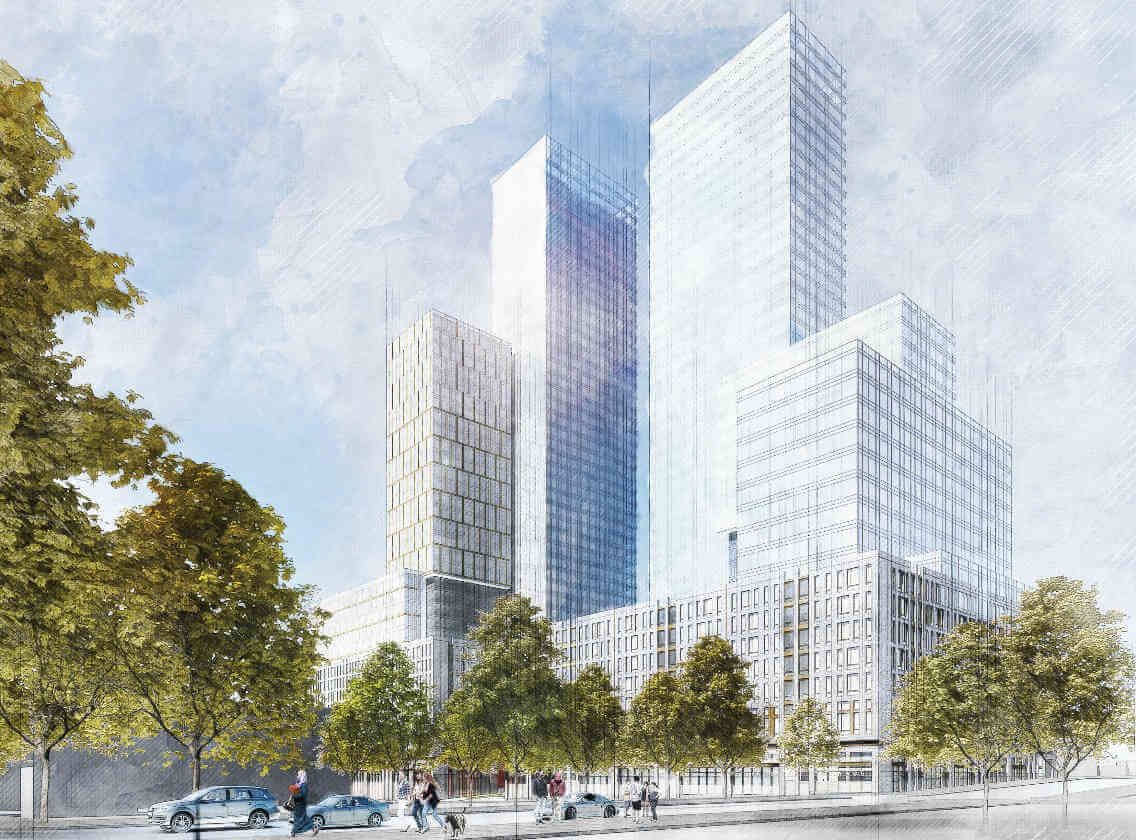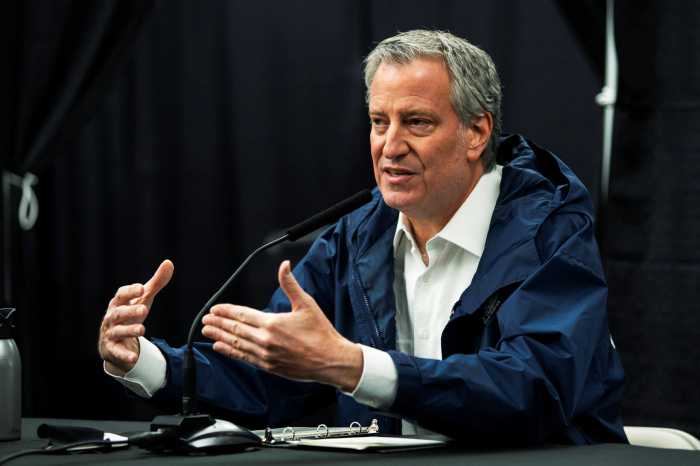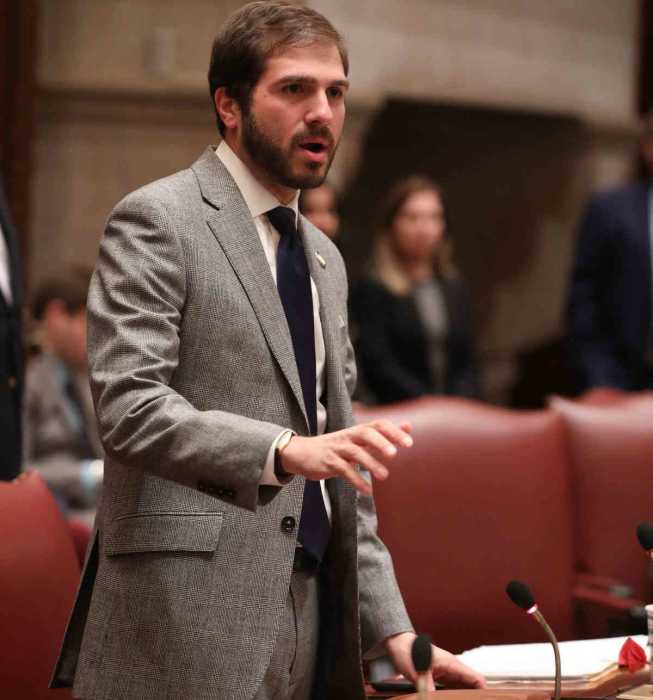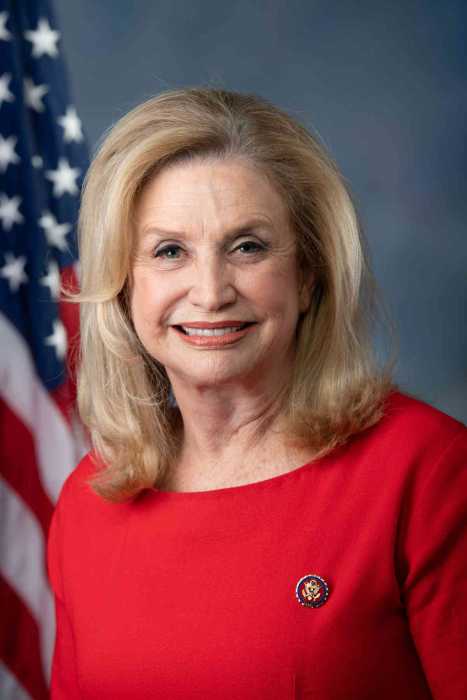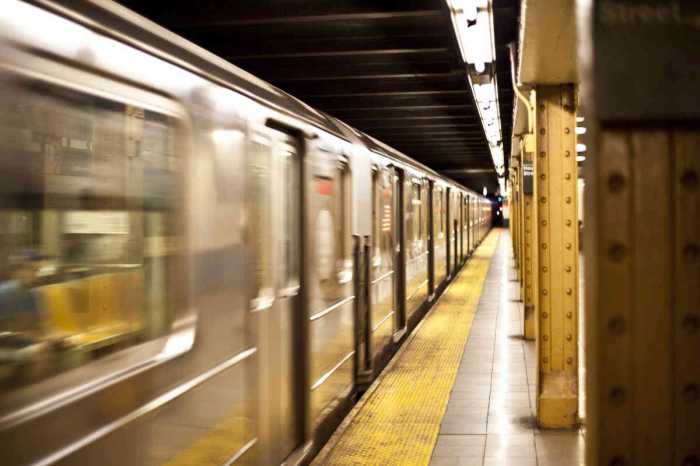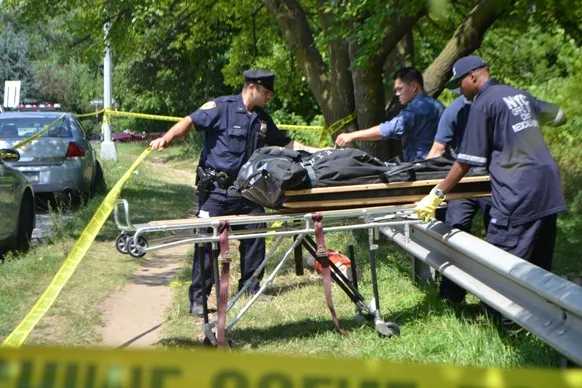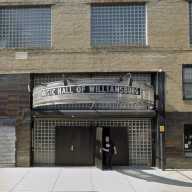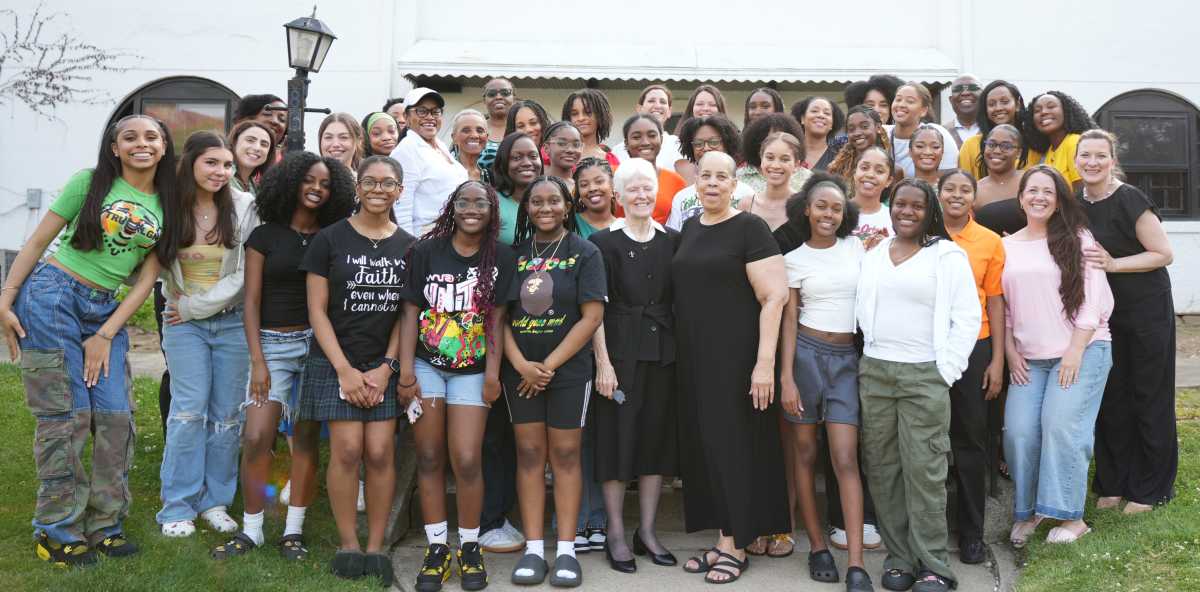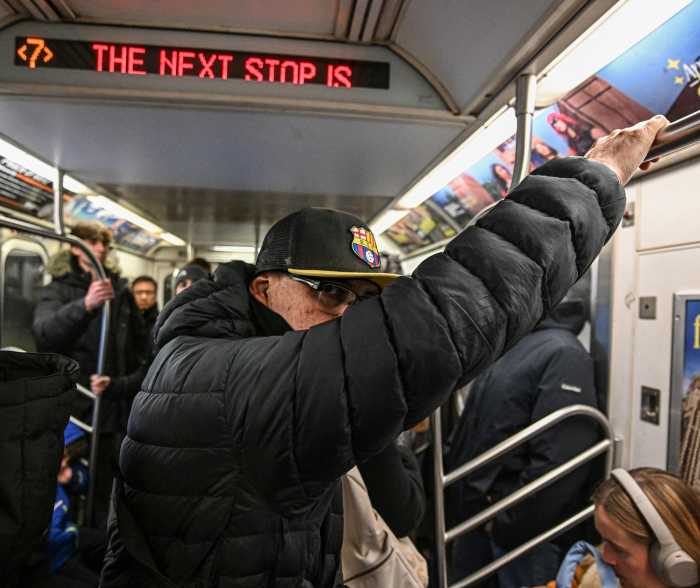In the wake of the lockdown, New York City has the opportunity to build dreams, not simply recreate bad nightmares. It has the opportunity to regain some of its cultural and design leadership. It has the opportunity to be a beacon of sustainable growth. Despite these opportunities, many of the city’s leaders are making a last run to alchemize debt, glass, and steel into more buildings and master projects the city neither needs, nor can afford: 5WTC, 250 Water Street, Empire State, Gowanus, 960 Franklin, Sunnyside Yards, and more.
These projects represent a version of NYC that’s been on repeat for decades: this version casts everyday New Yorkers and the city’s ecology as subservient to the material wishes of a small group of rich power brokers. If the city is to rebuild itself as a capital of culture, social justice, and climate action, not just rapacious capitalism, these projects must not be allowed to proceed.
Low-down, dirty development
In a post-climate world, all buildings should be designed to withstand extreme weather. They should be carbon-capturing and incorporate best practices for building efficiency such as Passive House. They should be placed in areas safe from historical contamination and inevitable rising seas and the new topography that’ll lead to.
Despite this, many of the new NYC mega projects seem to be chosen because of their toxicity and climate vulnerability: Gowanus and Greenpoint, both areas of proposed large developments, sit on Superfund flood-zone sites; 250 South Street sits on a former thermometer factory and is also on floodplain; keeping with the theme, 5 WTC is also on a lot that’s likely to be underwater by 2050. Extreme climate events like Sandy are only expected to increase in frequency, making these sites more vulnerable than they already are.
The EDC has recommended storm walls and other resilience measures, but have yet to build them. The city was recently found negligent in meeting Superfund cleaning targets in Gowanus. All development in these areas should be tabled until these things are handled completely.
And with 30-40 percent of GHG emissions coming from building construction, these large concrete, steel, and glass buildings themselves require enormous amounts of resources and GHG to build and operate . Buildings like the 900 foot 5 WTC promote a scale and energy burn the city can no longer sustain.
The affordability myth
Advocates of these new projects point to the “new affordable units” as the reason for building. This premise is a red herring that neither remediates the city’s affordability situation nor its homeless crisis. On the contrary, these situations are exacerbated.
New Yorkers were already fleeing the city in record numbers pre-COVID due to its lack of affordability. This has driven post-COVID vacancy numbers through the roof and driven rents down.
Despite these realities, advocates of upzoning and maximum density —no matter the developer or type of building —insist more units will create net affordability for New Yorkers.
But is this true? Consider the following:
- NYC currently has around 32,000 listed apartments and an estimated 20,000 additional units held off the market to generate supply constraints.
- There were 10,000 condos for sale in Manhattan in late 2020.
- There are about 123,000 hotel rooms in New York City running at 10-40 percent capacity. 146 of the city’s 705 hotels have closed since the pandemic and permanent moves away from business travel have few believing the industry will ever return to pre-Covid normalcy.
Despite this glut of units, 35,000 households recently filed for an extension on the eviction moratorium and 80,000 New Yorkers continue to experience homelessness — a number that’s exploded in the last two decades when many of these units were built. Suggesting that the city should greenlight more high end units in the hopes it will help these people is as immoral as it is illogical.
Proponents will also contend the affordable units in the luxury buildings will promote economic and cultural diversity in the areas the buildings are going up. But is that true?
Consider that, leaving aside its out-of-place scale, there is no mention of how affordable the 789 “affordable” units are in the 1,578 total apartments being proposed as part of 960 Franklin. Without assurances that these units will house at-need New Yorkers, there are few reasons to believe the affordable units will be anything but, accommodating residents making 80-150 percent of the area median income. These prices are often far higher than normal housing stock.
The resistance meeting PENN 15, South Street, 960 Franklin, SoHo/NoHo and Gowanus rezoning efforts illustrate the flaw behind the narrative offered by pro-development advocates: no one is asking for these developments except the Tax-Abatement-hungry developers, lifer-lobbyists, and hobbyist activists.
Contending with the past and present, preparing for the future
Like TARP, the State and the City could and should requisition vacant and warehoused units to relieve the housing crisis and reduce GHG emissions from new construction and operating empty spaces. A program could be run through Section 8 program and funded via temporary suspension of the tax-abatements on vacant units across the city. This could be spread out across multiple assets including some office buildings and many hotels.
Existing buildings have stored capital, culture, and carbon that goes to waste and is multiplied when redundant buildings are built. It’s beyond fiscally and environmentally irresponsible to even propose new buildings when we have so many existing ones desperate for funds and use.
There’s never been a better time to ready the city’s building stock for post-climate realities. Over 80 percent of the buildings in Manhattan were built without any energy conservation standards, and the boroughs are teeming with older buildings with large footprints that can be densified, enlarged, and brought up to modern efficiency standards.
There’s never been a better time for NYC to honor its past, the planet, and the countless people who built the city with their blood and sweat — not their inheritances, $2M bonuses, or taxpayer subsidized wealth.
NYC has the opportunity to declare whether it wants to move into the future with forward looking plans for climate and financial equity. Or it can — as a select few of the city’s power-brokers would have it — continue down a path poisons the planet, enables and supports corruption, and dismembers communities. The choice is ours.
There is no shortage of solutions, only vision, courage, and leadership.
David Friedlander is the CEO Change Order Group andLou Cespedes is a City Council candidate running to represent Brooklyn’s 45th District.


